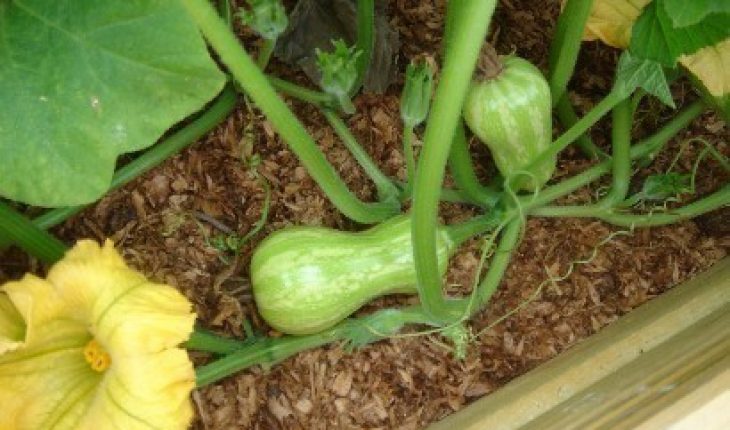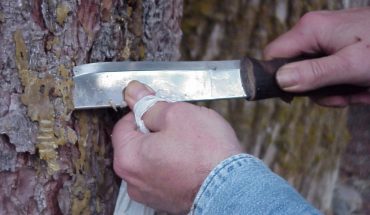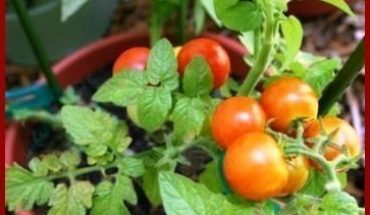Butternut squash is a nutritious fruit that has many uses in culinary arts. Rich in vital nutrients such as vitamin A, potassium and vitamin C, people love to use this ingredient in creating special delicacies. By learning how to grow butternut squash, they need not go to grocery and spend on such simple ingredient just to create delectable dishes. Here is a quick take on the different steps needed to accomplish this simple task.
Steps
When planting the seeds, make sure that the soil is rich, warm and conducive for them to grow. Furthermore, give each seed ample space from one another in order to grow healthy. In digging holes, make sure that every seed is buried at least ½ to an inch deep. Furthermore, one seed must be buried at least 4-inches away from the others. Spacing is crucial in growing this special fruit.
When the seeds are planted, be sure to water them on a regular basis. Watering is very important but be sure not to saturate the soil with water. Butternut squash grows well if the soil has moderate moisture. To facilitate its growth, it is also important to fertilize the soil regularly. Because fertilizers enrich the quality of soil, plants are guaranteed to grow healthy.
When the plants reach four inches, each hill must only have at most three plants. Spacing is important because a typical squash grows between eight to ten inches. Likewise, vines will eventually sprout out. Ample space is needed for each plant to grow healthily. After making sure, than they are well planted, it is now time to protect them fungus and insects. These factors can significantly affect the growth as well as the fruit of the plants.
There are various kinds of insecticides available including non-organic and organic variants. When planning to use insecticides, make sure to use them in the evening when the bees are not around. This is a very important step to remember because bees play vital roles in the pollination of plants.
When the rind of the butternut squash becomes hard, it is now the right time to harvest the fruits. Likewise, the stem of the plant has grown to two inches thick during this particular period. Be sure to harvest the fruits before the fall frost hits because they can inflict significant damages to the fruits, or worse even kill the plants.
Additional Tips and Information
Germination time for this kind of fruit usually takes at least one to two weeks. In addition, harvest time takes place after approximately three months time. That is 80 to 95 days after planting the seeds.





